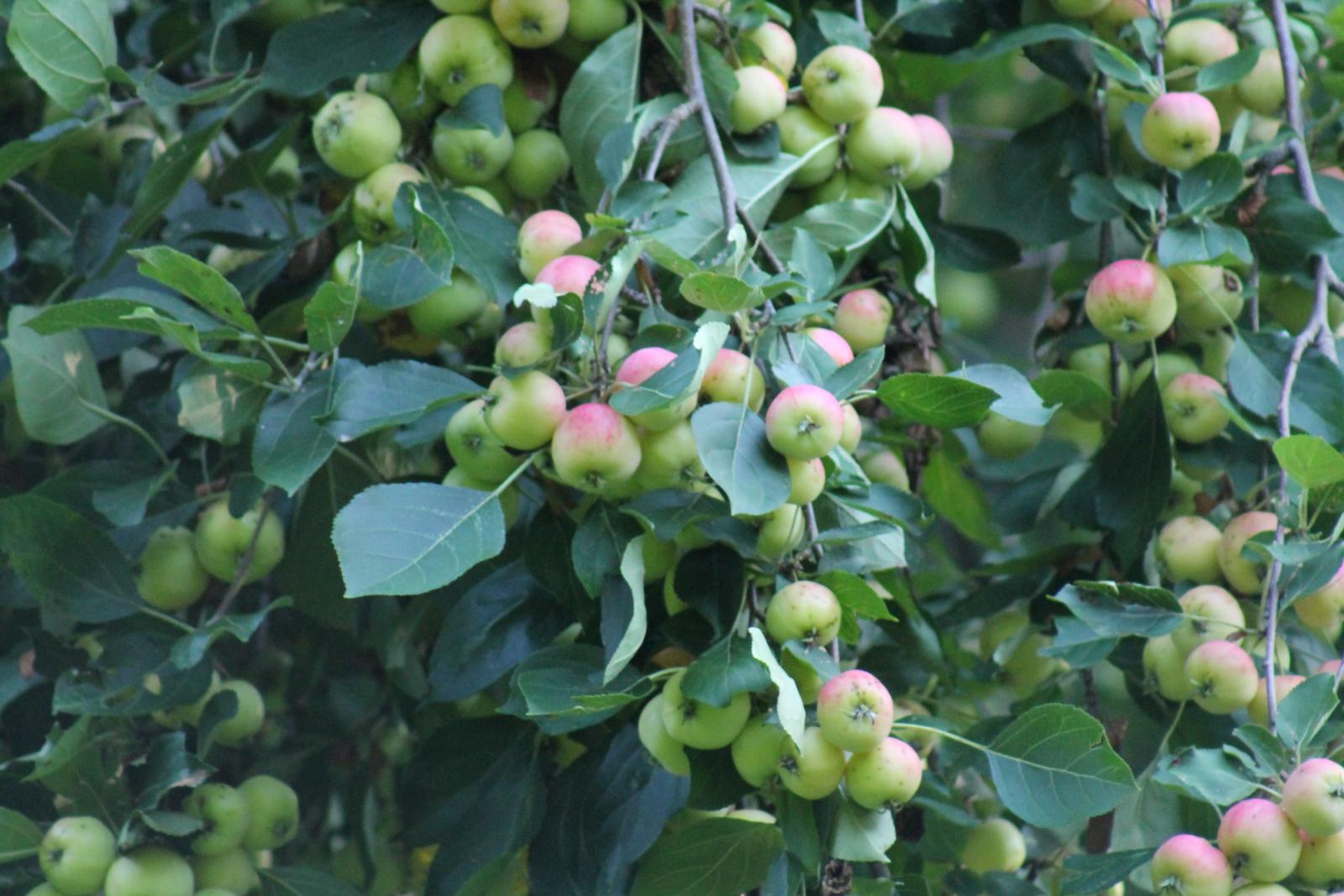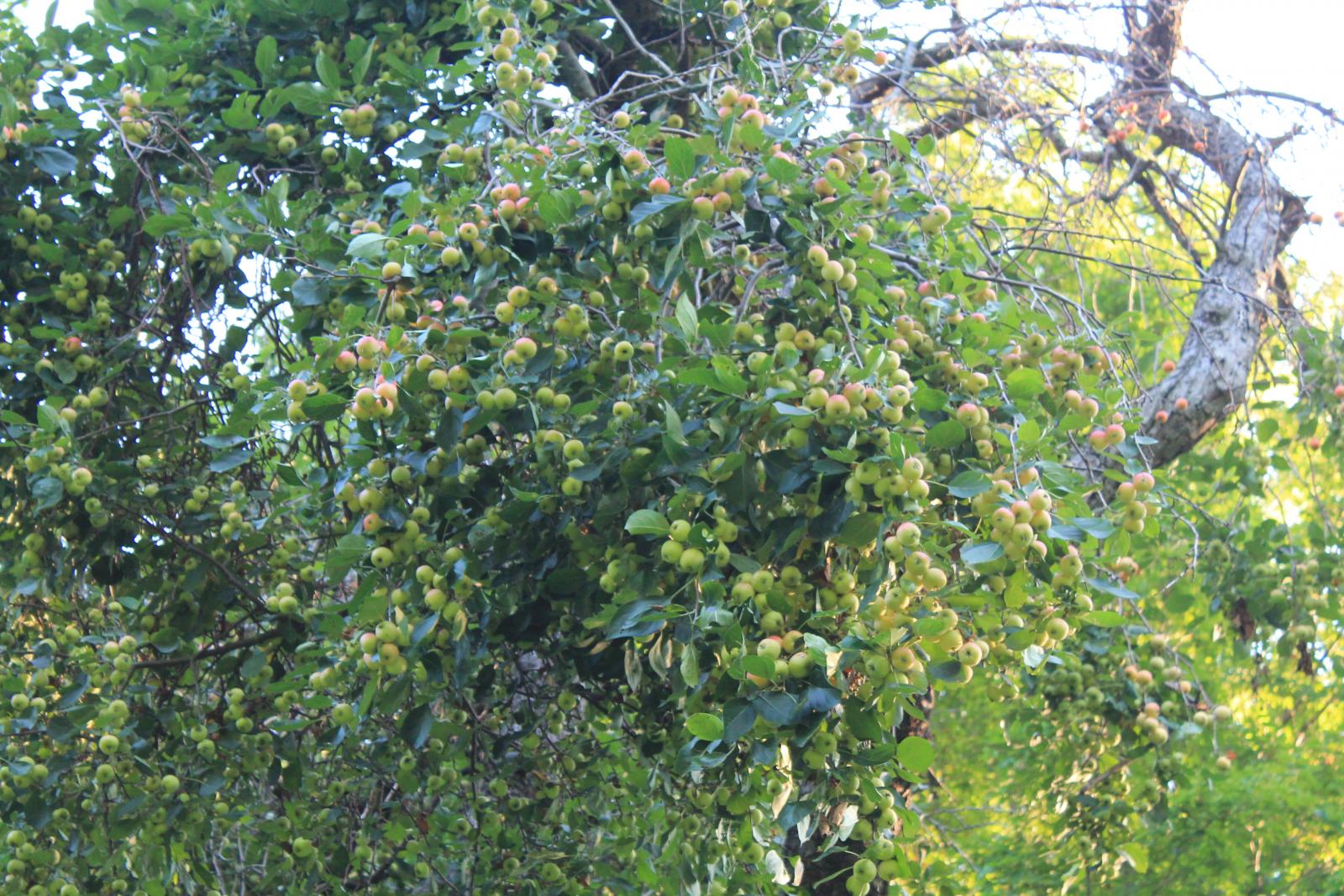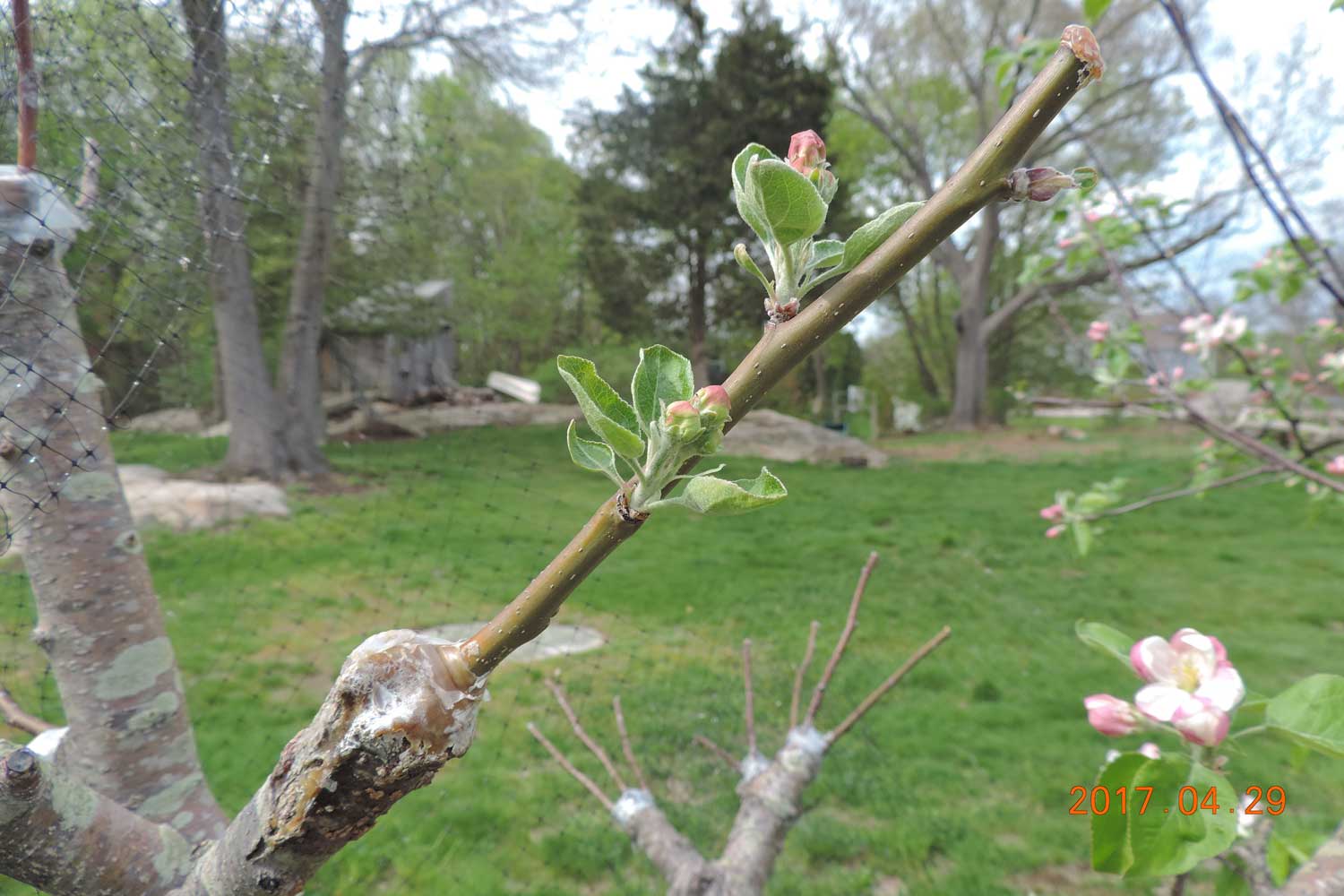Good looking scions. You have a large variation in diameters so no matter what they send you for root stock, you have it covered. Be sure to keep them wrapped and refrigerated until you are ready to graft them.
I have had good success using parafilm and grafting wax. Sharp, clean cutting tools are essential for successful grafts. Support your grafted trees by binding the root stock and scion to a splint that is pushed into the soil beside the young tree (I use bamboo). Birds, other critters, a careless touch, or the wind can undo your tender graft in a moment even after it begins to heal. It won't be ready to stand without a splint until the second year and even then, remember it only has one growth ring and the bark holding it together.
Buy a plastic tree spiral or build a cylinder of fine hardware cloth 4" in diameter and a foot long to slip over the splint and tree to protect the young tree from bark gnawing rodents over the the winter. Sink it into the soil an inch or two but not enough to interfere with the new horizontal roots your root stock will send out.
Beware of apple borers. They prey on young trees when the bark on the trunk is thin and vulnerable. There are lots of ways to prevent their damage.
Now is the time to decide what sort of architecture you want your tree to have. I use a three or four tier system, 6-9 horizontal branches (scaffolds) at 3-4 ft on semi-dwarf root stock, 24" without branches then another 5-6 branches, 24" without branches then 3-4 branches, another 24" without branches then a crown of 2-3 branches. This will give you the highest yield, an important consideration for a dwarf or semi-dwarf tree. Your scaffolds should be at nearly right angles to the trunk.
Or, you can train the branches to form a "goblet" shape. Less production but easier to do.
This is as much fun as making cider but not as fun as drinking it.







